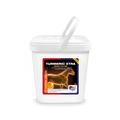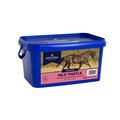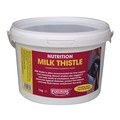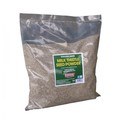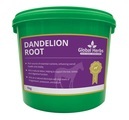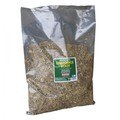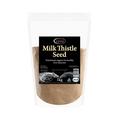The liver makes up around 1% of the horse's total bodyweight and is probably the most important organ in the body since every other organ depends on it. It works closely with the digestive system and has an array of different functions:
- Blood from the intestinal tract is drained to the liver where nutrients can be stored or metabolised to produce energy.
- It maintains blood glucose levels.
- It excretes harmful toxins or drugs from the body.
- It produces bile to aid fat digestion.
- It produces blood clotting factors.
- It produces extra blood cells in times of high demand.
Clinical signs of liver disease are often varied and non-specific: 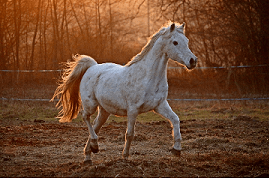
- Weight loss
- Depression
- Poor appetite
- Jaundice (yellow discolouration of the gums and eyes)
- Low grade colic
- Diarrhoea
- Oedema (accumulation of fluid causing swelling in the legs and under the belly)
- Photosensitisation (excessive skin sensitivity to sunlight)
- Neurological signs such as disorientation, circling, ataxia, repeated yawning and pressing the head against the wall.
Sadly once clinical signs are apparent the prognosis is often poor.
Diagnosis of liver disease:
- Blood samples can be taken to show raised liver enzymes or increased bile acids indicating liver damage and reduced liver function.
- Ultrasonography and liver biopsies can be used to determine the cause of the liver disease (e.g. inflammation or blockage of the bile ducts).
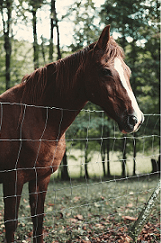 Causes of liver disease:
Causes of liver disease:
1. Ragwort poisoning- Toxins in ragwort damage the liver irreversibly. The toxins accumulate by low level ingestion over months or years and so signs are often seen years after the plant was eaten. Because the liver can continue to function normally with up to half of it damaged the disease is often advanced before any signs are seen. At this point treatment is very difficult and often not effective. It is important to pull up or spray all ragwort on a pasture - prevention is better than cure!
2. Hyperlipaemia- Seen most often in fat ponies and donkeys hyperlipaemia occurs when the animal goes into a state of "negative energy balance" following a period of starvation or not eating. The result is excess fat in the circulation which accumulates first in the liver, causing degeneration. If effective treatment is not started immediately it can lead to multiple organ failure and death.
3. Hepatitis- Simply meaning inflammation of the liver. It can be caused by a number of things including toxins, bacteria or viruses. The liver cells are destroyed by the inflammation and replaced by scar tissue, therefore reducing the capacity of the liver to function. Since we know the liver can function normally with only half a healthy liver the damage is usually very severe before we see clinical signs.
Treatment:
Where the initial cause is known treatment may consist of steroids to reduce inflammation and antibiotics where a bacterial infection is suspected. Liver supplements containing Silybin derived from Milk Thistle, vitamin B and E are known to support hepatic function until the liver can be regenerated or to aid the remaining healthy tissue to function well. Feeding a diet low in protein and fat and high in starch is recommended. Feeding this diet little and often where possible is helpful to stabilise glucose levels. It is a good idea to speak to a nutritionist at one of the feed companies who will be able to recommend the best diet.
Written by: Hannah


